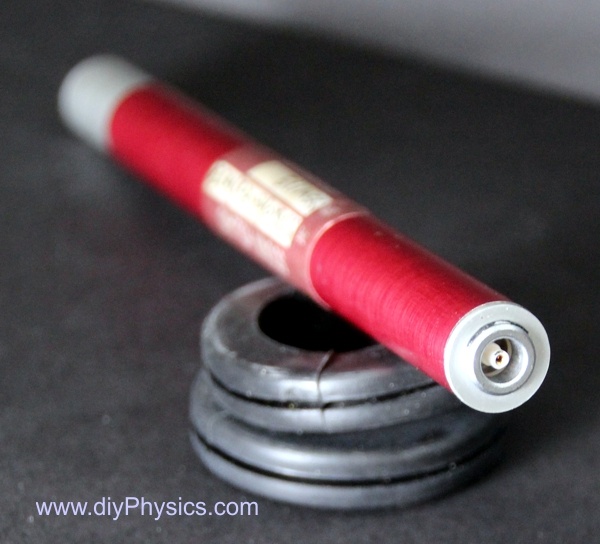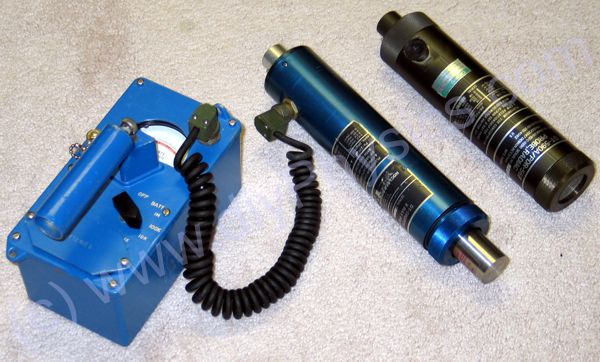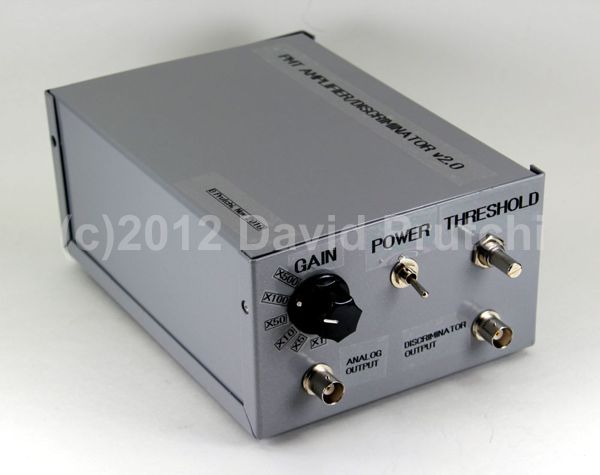
We prepared a short note on how to build a dynode voltage divider network for inexpensive surplus XP2422/SN photomultiplier tubes. The XP2422/SN PMT is especially suited for gamma-ray spectral analysis when coupled to a NaI(Tl) scintillation crystal because of its high pulse-height resolution (PHR). The XP2422/SN is available from Sphere Research in Canada.














